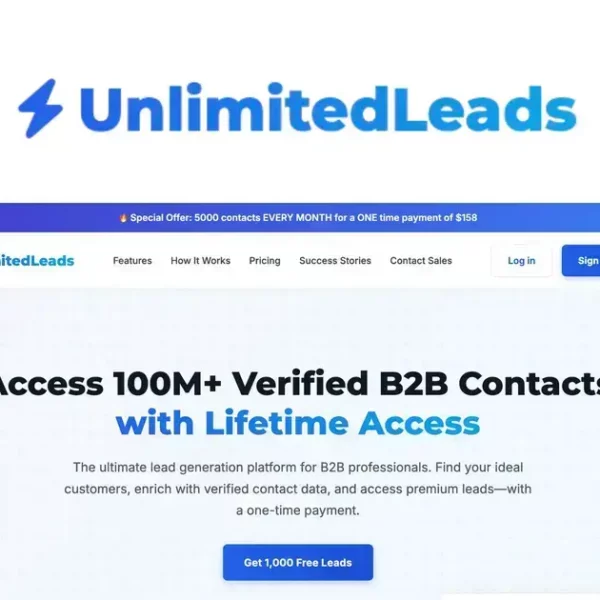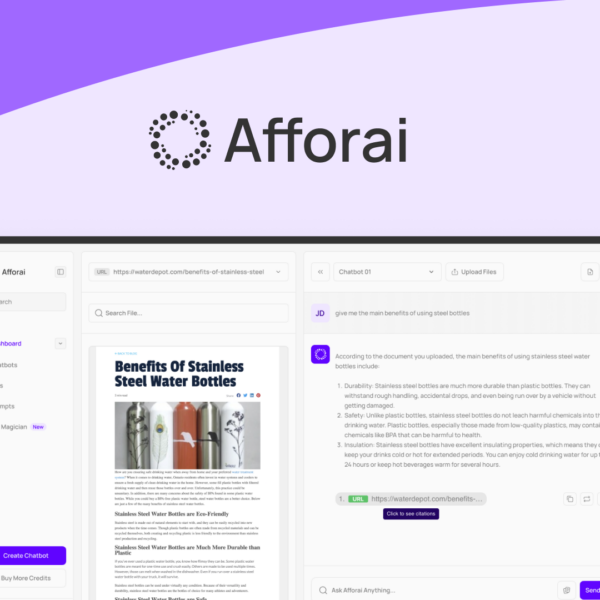If you’re diving into the world of SaaS lifetime deals, it can be a jungle out there! Finding the right products that will stand the test of time is crucial for your business. So, let’s explore how you can make decisions that lead to success.
Research the Developer and Company
Before buying any software, it’s smart to research the developer and the company behind it. This helps you understand who is creating the product and what their track record looks like.
Check how long the company has been in business. A long-standing company is often more reliable. Look for customer reviews online to see what others say about their experiences. Reviews can highlight both strengths and weaknesses.
Another thing to consider is how active the developer is. Are they regularly updating their software? Frequent updates can mean that they are invested in improving the product and fixing issues.
Also, check out their customer support options. Quick and helpful customer support can save you a lot of headaches if you run into problems later. Look for options like live chat or email support.
Finally, see if they have a clear mission and values. A company that aligns with your own values may offer a better fit for your needs. All these steps will help you make a more informed choice.
Evaluate Recent Feature Releases

When looking at a software, it’s critical to evaluate recent feature releases. This shows how active the developer is. New features can improve usability and performance.
Check the company’s website or blog for announcements. Developers often share updates about their latest features. Look for details on what those features do and how they help users.
Also, consider if the updates align with your needs. Are the new features addressing issues you care about? Features that enhance productivity or add important tools can make a big difference.
Reviews from other users can also give insight into how effective these features are. Look for comments about new updates and how they improved the software. Users often share real-world experiences that can guide your decision.
Lastly, keep an eye on future updates. A company that has a roadmap with planned features shows they are in it for the long haul. This can ensure that the software will grow and adapt over time.
Analyze the Product Roadmap
Analyzing the product roadmap is a smart move when considering software. A roadmap gives you a clear view of what updates and features are planned for the future.
Start by looking for a public roadmap on the company’s website. This should list upcoming features, improvements, and estimated release dates. It helps you understand if the software will continue to evolve.
Check if the company asks for user feedback on their roadmap. Companies that listen to their users often create more relevant features. Your needs should matter to the developers.
Pay attention to the timeframes provided. If a company often misses deadlines, it might be a warning sign. You want a developer that can meet their promises to users.
Finally, see if the roadmap is updated regularly. Frequent updates can show that the team is responsive and that they care about progress. This transparency can build trust in the product you’re considering.
Engage with Customer Support

Engaging with customer support is an important step when choosing software. Good support can make your experience much smoother and help solve problems quickly.
Start by checking what support options are available. Does the company offer live chat, email, or phone support? Different methods can be better for different situations.
Try reaching out to customer support before you buy. Ask a few questions and see how fast they respond. This can give you an idea of their service quality.
Look for online reviews about their support experience. Other users often share their stories, which can help you assess how helpful the support team is.
Also, check if they have online resources like FAQs or help centers. Having these resources can save you time when you’re looking for answers.
Finally, consider their response time. Quick and efficient replies are a good sign that they value their customers. Don’t overlook the importance of friendly and helpful support for your software journey.
Assess Current and Future Needs
It’s important to assess current and future needs when choosing software. This step helps ensure you pick tools that fit your business well.
Start by listing your current challenges. What tasks take more time than they should? Software should help solve these problems.
Next, think about your goals. Where do you want your business to be in the next few years? Choose software that can grow with you. This means looking for features that might not be needed right away but could be useful later.
Consult with your team. They can provide insights on what features would make their tasks easier. Involvement from employees can lead to better decisions.
Finally, make sure to check if the software can adapt. Some tools offer add-ons or integrations with other software. This flexibility can be a huge benefit as your needs change over time.




